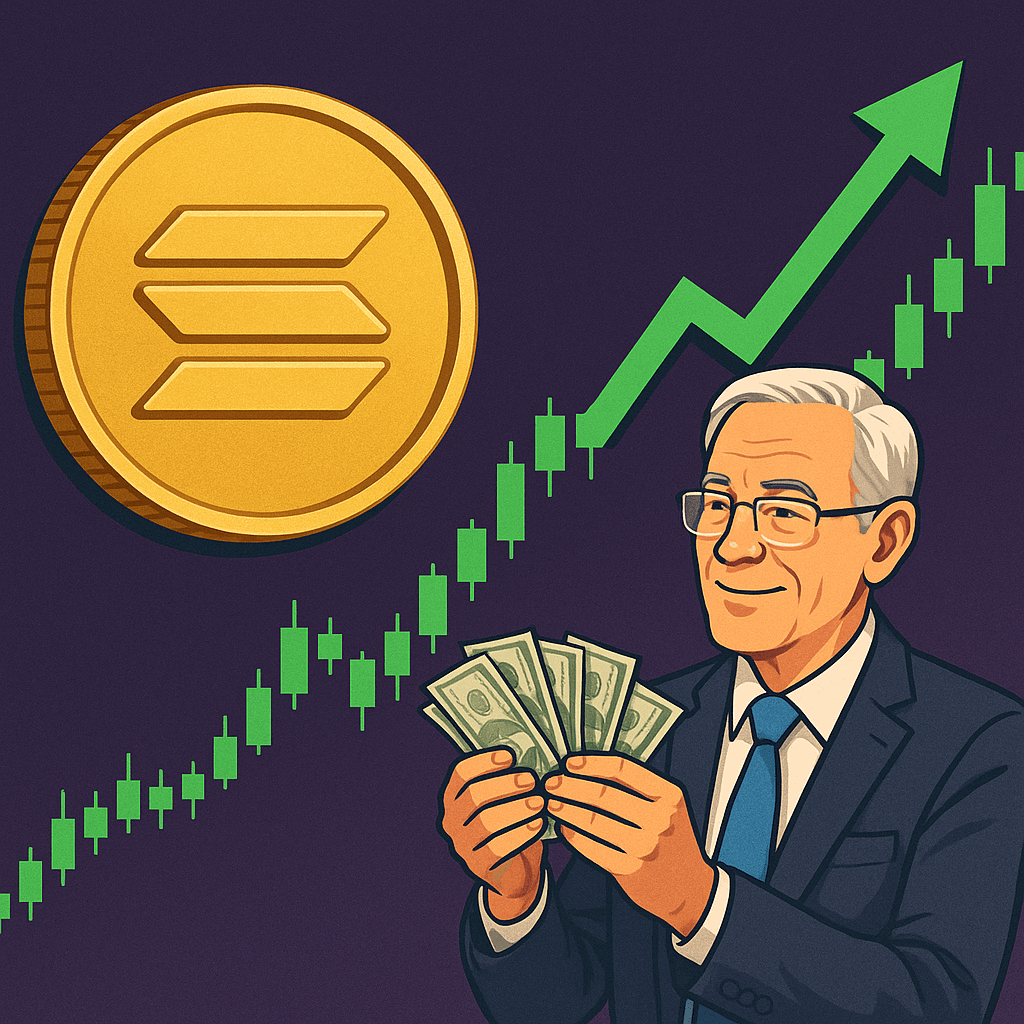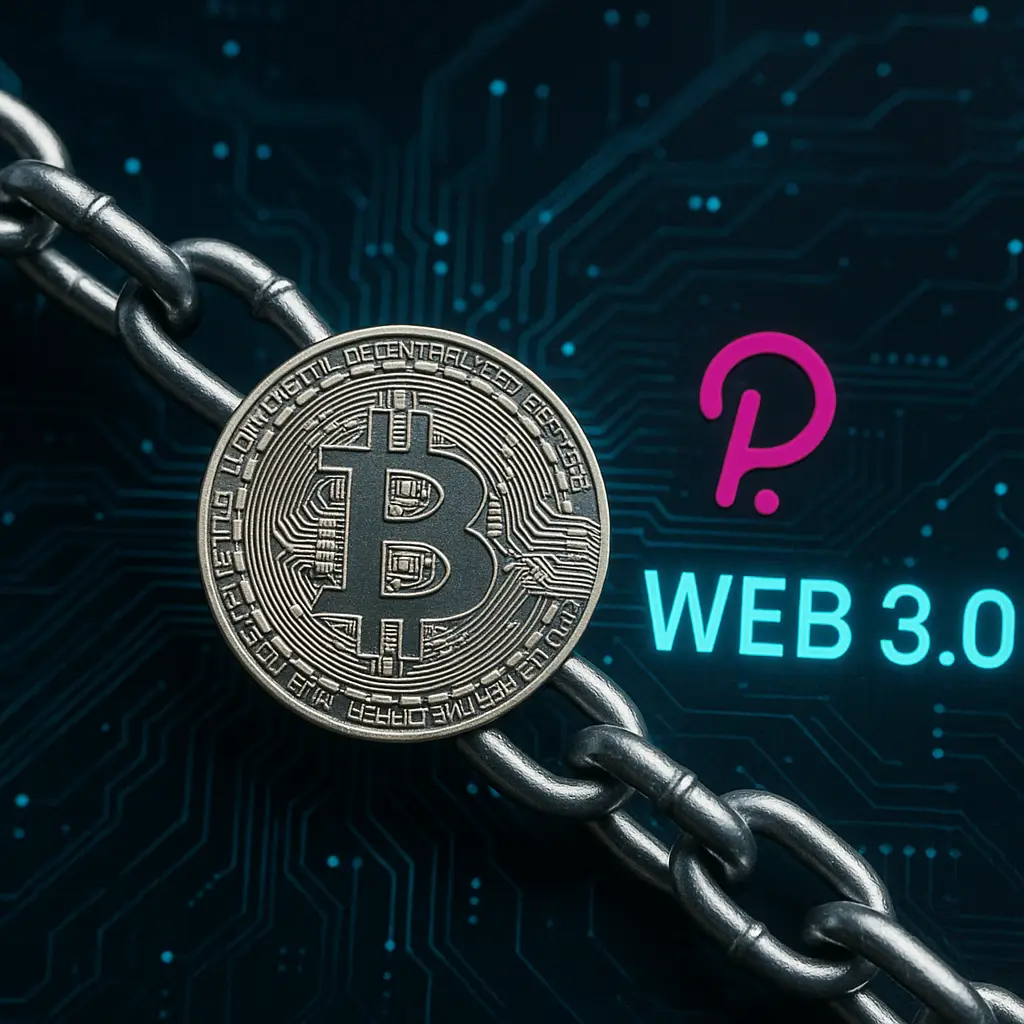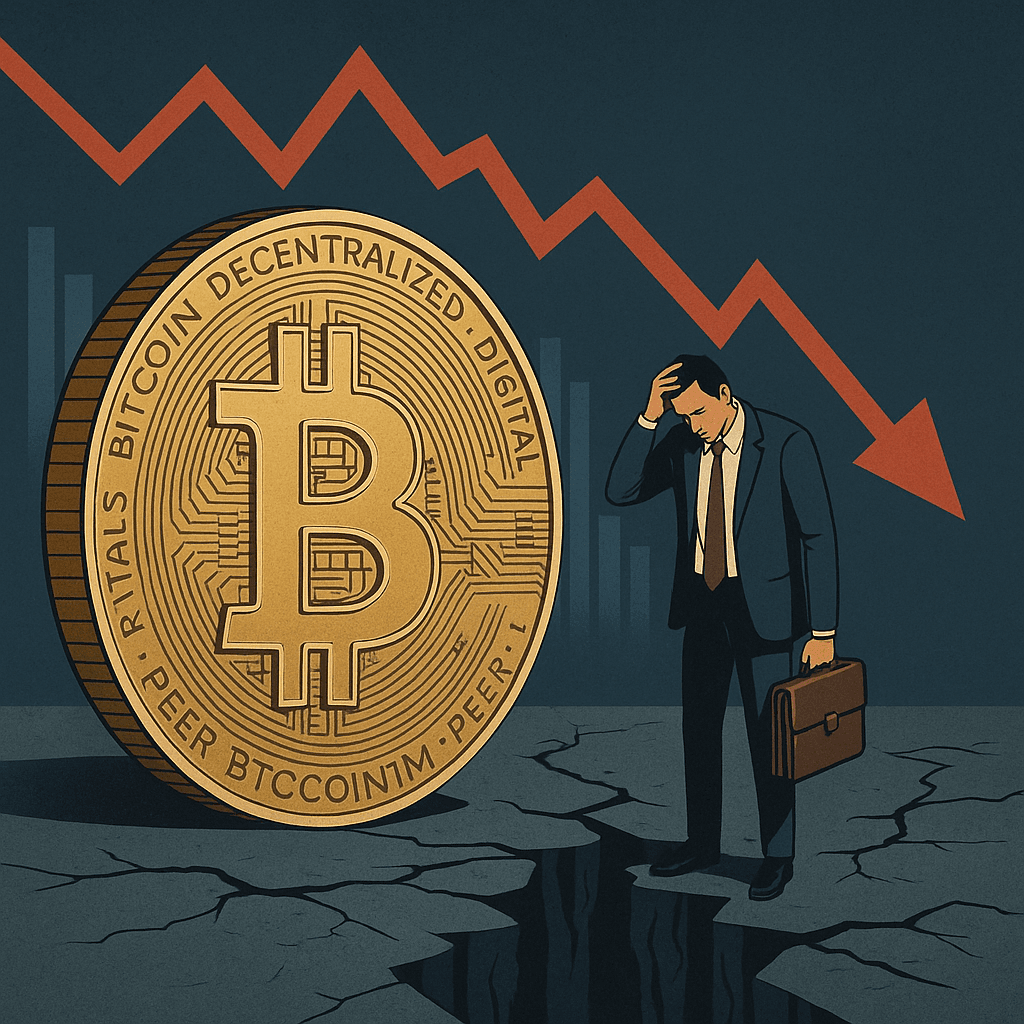In a development shaking the crypto landscape, leading exchange OKX unintentionally ignited a firestorm of speculation after posting—and quickly deleting—a tweet suggesting that Dr. Nicolas Kokkalis, the co-founder of Pi Network, might be none other than Bitcoin’s legendary and elusive creator, Satoshi Nakamoto.
The now-deleted tweet featured a side-by-side image of the Bitcoin whitepaper and a portrait of Dr. Kokkalis, captioned:
“Satoshi = Nicolas? The true creator of decentralization continues the journey with Pi Network.”
Despite its brief lifespan, screenshots of the post have spread rapidly across X (formerly Twitter), Reddit, and Telegram, fueling global debate. Could the enigmatic genius behind Bitcoin be quietly leading one of today’s most promising blockchain movements?
Read More: Web3 Unveiled: Your Guide to the Decentralized Internet
Who Is Dr. Nicolas Kokkalis?
Dr. Nicolas Kokkalis is a Stanford Ph.D. graduate, blockchain researcher, and educator who co-founded Pi Network in 2019 alongside Dr. Chengdiao Fan. His vision was simple yet revolutionary: to democratize cryptocurrency mining using smartphones, eliminating the need for expensive, energy-consuming hardware.
Pi Network relies on the Stellar Federated Byzantine Agreement (FBA)—a consensus model that contrasts Bitcoin’s power-hungry Proof-of-Work. With over 60 million users worldwide and anticipation building around its upcoming Open Mainnet, Pi Network has become a rising force in decentralized finance.
But could Kokkalis’s background and leadership point to a deeper connection with crypto’s origin story?
Striking Parallels Between Kokkalis and Nakamoto
Observers have noted uncanny similarities between Nicolas Kokkalis and the mythical Satoshi Nakamoto:
- Technical Mastery: Both figures are deeply skilled in cryptography, distributed systems, and game theory—core elements evident in the Bitcoin whitepaper.
- Championing Decentralization: Kokkalis, like Satoshi, emphasizes user control, decentralization, and peer-to-peer engagement in financial systems.
- Minimal Monetization: The Pi Core Team, much like Satoshi, has avoided early monetization. Despite its massive user base, Pi remains in a growth phase without token sales or exchange listings.
- Shifting Visibility: While Satoshi remained anonymous, some speculate that emerging as a public figure under a different name—like Kokkalis—could be a strategic evolution of the same vision.
Still, no direct evidence exists linking the two identities, and Kokkalis has never claimed such an association.
Expert Opinions: Intriguing, But Unproven
Industry experts are divided.
Laura Jansen, a noted blockchain historian, remarked:
“It’s an extraordinary claim with thin evidence, but not impossible. The skillset, the values—they line up. But proof is everything in cryptography.”
On the other hand, some believe the real significance lies elsewhere.
Aiden Liu, a VC in decentralized tech, commented:
“Whether or not Kokkalis is Satoshi is irrelevant. What matters is that Pi Network is creating the most accessible on-ramp into crypto for millions. That’s where the real impact lies.”
Why This Speculation Matters
Beyond curiosity, the implications of Satoshi’s identity are far-reaching:
- Investor Confidence: A confirmed identity—especially one as credible as Kokkalis—could restore trust in both Pi and Bitcoin.
- Legal and Financial Ramifications: Satoshi is believed to control over 1 million BTC. A public identity could trigger regulatory scrutiny and legal claims.
- Narrative Influence: In the world of Web3, narrative drives adoption. A link between Satoshi and Pi could shift sentiment and strategy across the ecosystem.
Marketing Stunt or Inside Revelation?
Some experts believe the OKX tweet was strategic rather than accidental.
“It’s classic brand psychology,” said Eliza Cordell, a digital strategist.
“Mention Satoshi, link it to a rising star like Pi Network, and let the community do the rest.”
Regardless of intent, the tweet has succeeded in one thing—thrusting Nicolas Kokkalis into the global spotlight and reigniting one of the biggest mysteries in digital finance.




